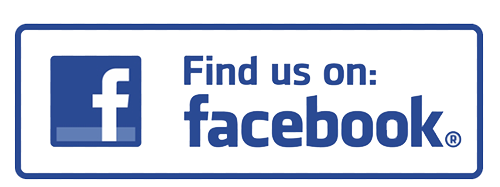Introduction
Maintaining general health and avoiding significant medical illnesses including heart disease, stroke, and kidney issues require regular Blood pressure monitoring. Blood pressure machine is used to take measurement of pressure of blood exerts on its way through the arteries. Due to its asymptomatic nature, high blood pressure, also known as hypertension, is frequently referred to as the “silent killer,” making routine monitoring all the more important. This article will discuss the best techniques to check your blood pressure and stress how crucial it is to do so frequently for a better and happier life.
- Manual Blood Pressure Monitoring
Using a sphygmomanometer and stethoscope to measure blood pressure manually is one of the most common ways to check it. The upper arm must be wrapped in an inflatable cuff for this non-invasive procedure. The medical practitioner inflates the cuff and uses a stethoscope to listen for the distinctive sounds of blood flow. This technique offers precise readings and is frequently applied in medical contexts. However, given the requirement for specialized training and the likelihood of human mistake, it might not be feasible for routine self-monitoring at home.
- Automated Blood Pressure Monitoring Systems
Automated blood pressure monitors are becoming more and more common for usage at home in order to overcome the shortcomings of manual monitoring. These gadgets are simple to use and provide practical self-monitoring alternatives. Automated blood pressure monitors come in two primary categories:
- Digital blood pressure monitors: These monitors offer blood pressure readings on a digital display. Some models can also identify unnatural heartbeats and keep historical information for monitoring changes over time. To accommodate differing arm circumferences, they are available in a range of cuff sizes, assuring reliable readings for all users.
- Wrist Blood Pressure Monitors: These wrist-worn devices provide a more portable choice for blood pressure monitoring. While wrist monitors are convenient, the position of the wrist may have an impact on the data, making them less accurate than upper arm monitors.
- Ambulatory Blood Pressure Monitoring (ABPM)
A method called ambulatory blood pressure monitoring (ABPM) is used to measure blood pressure over a long period of time, usually 24 hours. This method entails the use of a cuff that inflates periodically and a portable blood pressure monitor. ABPM offers a thorough analysis of blood pressure variations throughout the course of the day, taking into account elements such as physical activity, stress, and sleep habits. This knowledge is essential for determining hidden hypertension and diagnosing white coat hypertension (higher blood pressure readings in a medical setting).
- Wearable technology and smartphone apps
Technology development has resulted in the creation of blood pressure monitoring wearables and smartphone apps. Typically, these programmes and gadgets rely on optical sensors or certain sensors that are built into smartwatches or fitness trackers. Although they allow for continuous monitoring and data recording, their accuracy can vary, and they might not be appropriate for making medical diagnoses. The accuracy of the apps or gadgets that users choose should have been clinically confirmed.
Conclusion
Maintaining excellent health and avoiding serious medical issues require regular blood pressure monitoring. The demands and preferences of each person will determine which type of blood pressure monitoring is most successful. Automated blood pressure monitors are a practical and reliable choice for routine at-home monitoring. Ambulatory blood pressure monitoring (ABPM) provides information on daily blood pressure fluctuations for a more thorough evaluation. For advice on the most effective monitoring strategy and interpretation of blood pressure results, always seek the advice of a healthcare expert.




